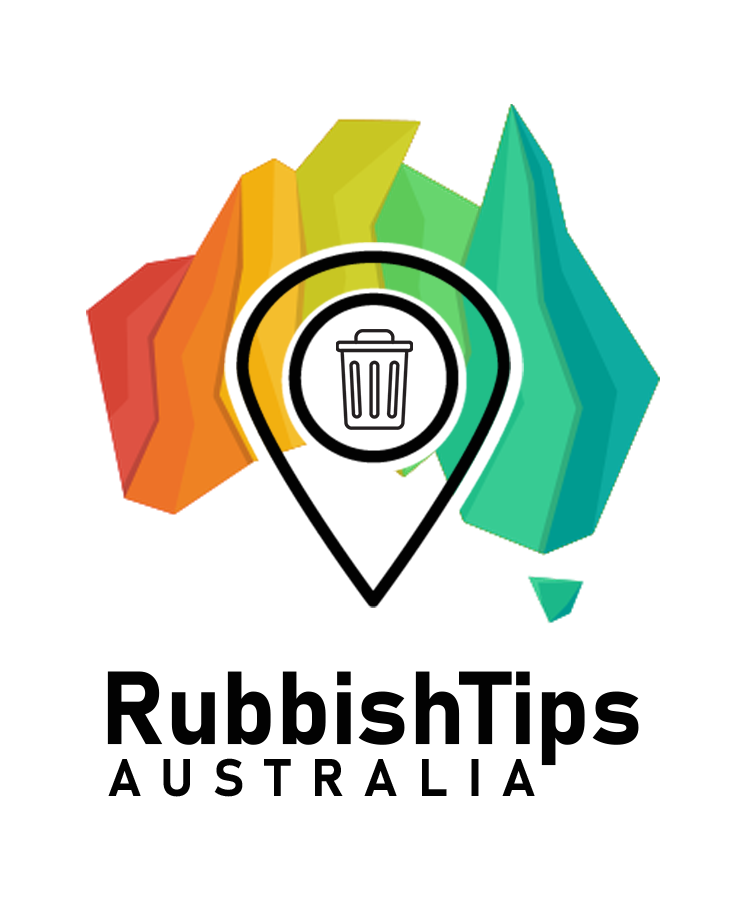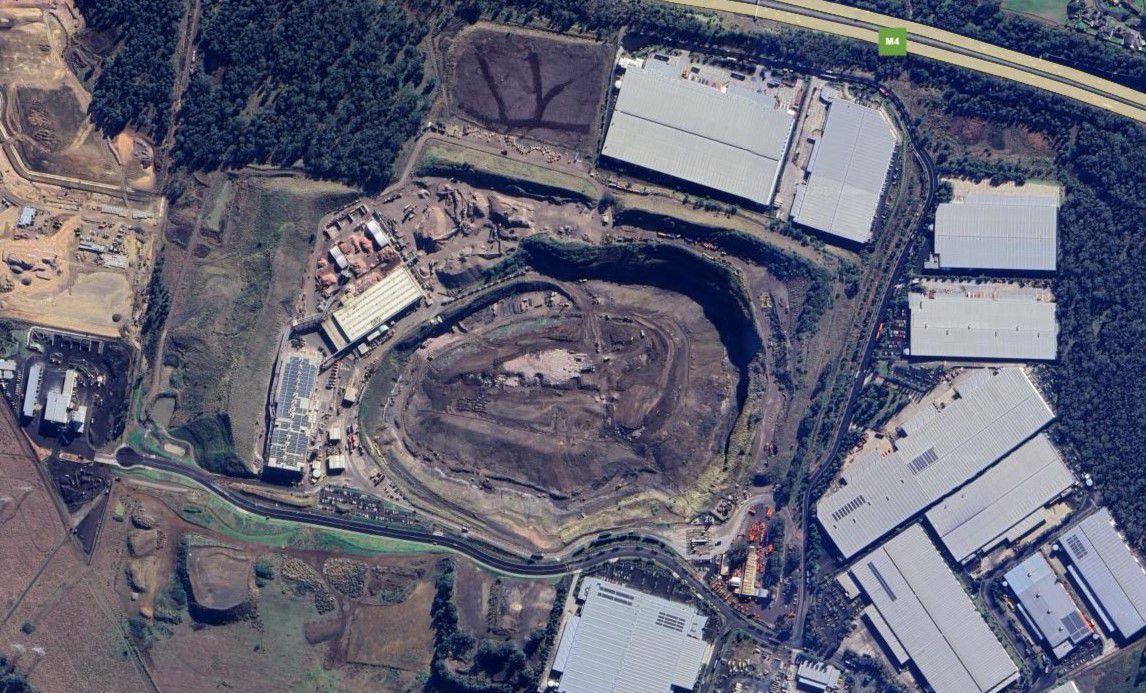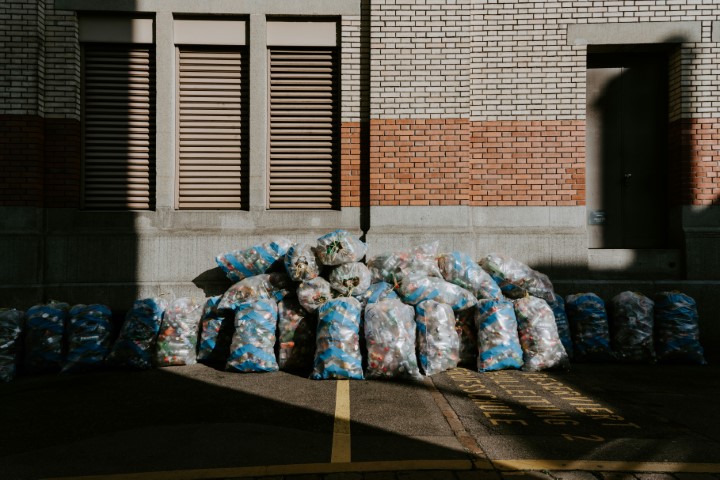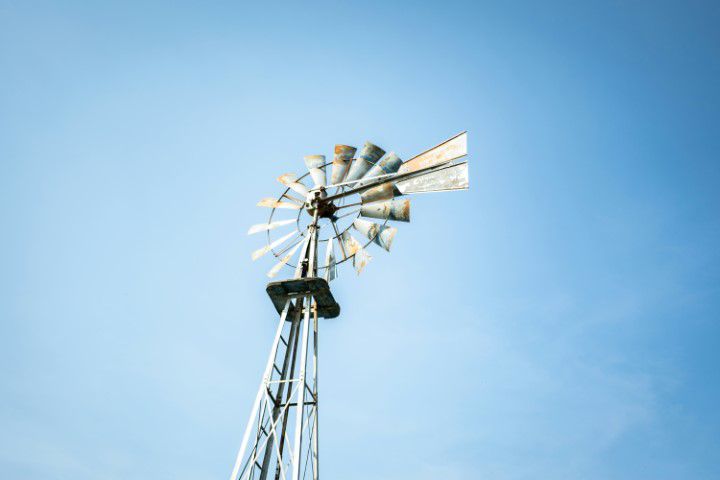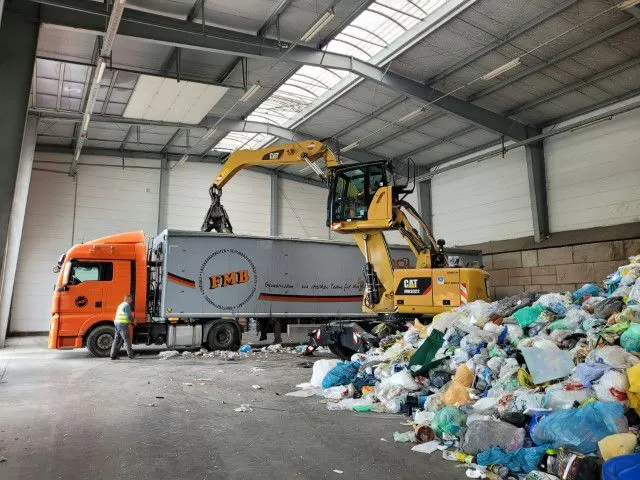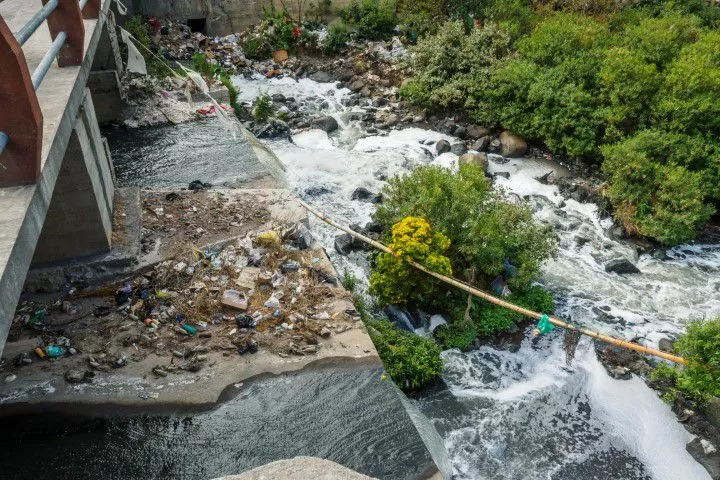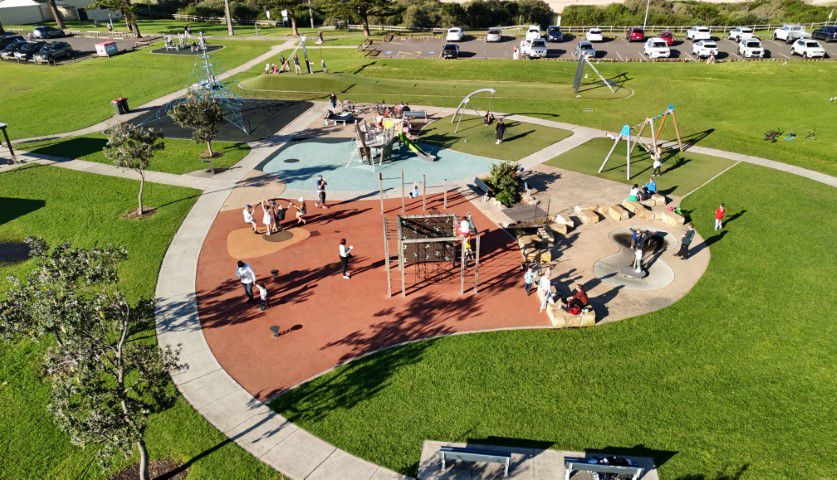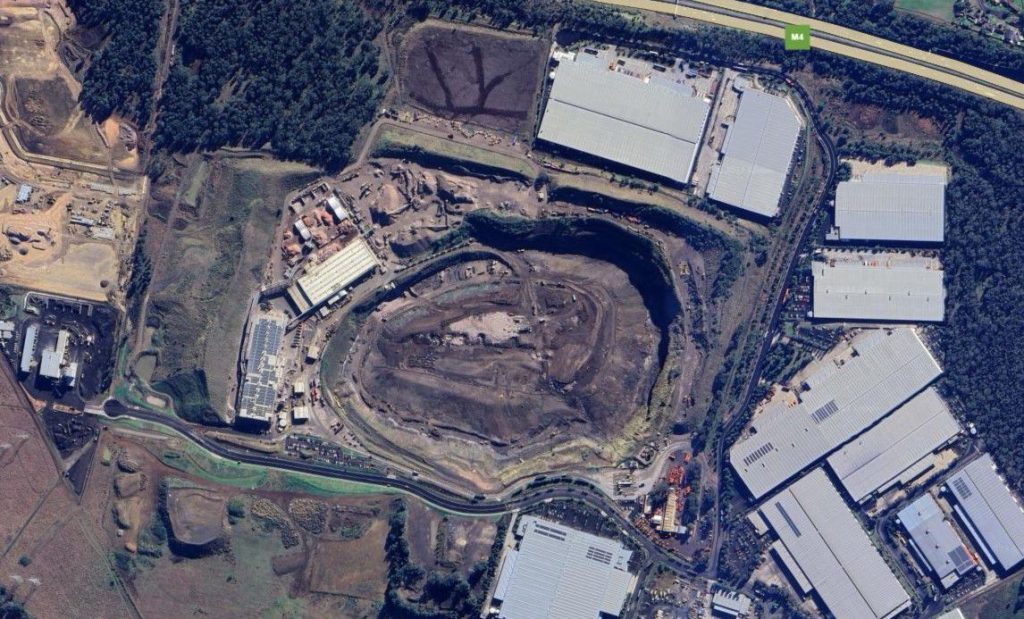
When you think of Australia, images of stunning beaches, the majestic outback, and vibrant cities might come to mind. But behind this beautiful facade lies a less glamorous truth: Australia generates a staggering amount of waste, and it has to go somewhere. That “somewhere” is often one of the country’s many landfills. And when it comes to landfills, Sydney’s Eastern Creek is king.
What Is Eastern Creek?
Eastern Creek is located in the western suburbs of Sydney, and it’s not just any landfill—it’s the largest in Australia. Officially known as the Genesis Xero Waste Facility, Eastern Creek covers an area of approximately 900 hectares. To put that in perspective, that’s roughly the size of 1,260 football fields. It’s hard to fathom, but this vast expanse is dedicated solely to managing the mountains of waste generated by millions of people.
A Mountain of Trash: What Goes In?
Daily, the Eastern Creek landfill processes around 1.25 million tonnes of waste each year. Yes, you read that right—1.25 million tonnes! This waste includes everything from household garbage to construction debris.
But not all of this trash is your everyday household refuse. The landfill also receives industrial waste, contaminated soils, and asbestos materials. It’s a repository for all the things we discard, and it’s growing larger every day. In fact, at its peak, the landfill could accommodate as much as 17 million cubic meters of waste. That’s like filling the Sydney Opera House 37 times over!
The Environmental Impact: Is Sydney’s Trash Costing the Earth?
While landfills are a necessary part of modern life, they’re not without their downsides—particularly when they’re as massive as Eastern Creek. Here are some of the key environmental concerns associated with the landfill:
1. Greenhouse Gas Emissions: Landfills are notorious for generating methane, a potent greenhouse gas that contributes significantly to climate change. As organic waste decomposes, it releases methane into the atmosphere. While Eastern Creek does have measures in place to capture some of this gas for energy production, a considerable amount still escapes, contributing to global warming.

2. Leachate Contamination: When rainwater percolates through the layers of waste, it creates a toxic liquid known as leachate. If not managed properly, leachate can seep into the soil and groundwater, potentially contaminating local water sources. The Genesis Xero facility uses a sophisticated lining system to minimize this risk, but the threat remains.
3. Wildlife Disruption: Landfills can disrupt local ecosystems, driving away native wildlife and attracting scavengers like birds and rodents. The presence of such a large landfill can alter the natural behaviour of animals and reduce biodiversity in the surrounding areas.
4. Odor Pollution: Even with modern technology, it’s hard to eliminate the stench of rotting waste. Residents living near Eastern Creek have often complained about the odour, especially during the summer months when the heat exacerbates the smell.
From Trash to Treasure: How Eastern Creek Is Trying to Turn Things Around
Despite its notoriety, Eastern Creek isn’t just a giant garbage dump. The facility is part of the Genesis Xero Waste Facility, which aims to reduce, reuse, and recycle as much waste as possible. Here’s how they’re trying to make a difference:
1. Waste-to-Energy: One of the most innovative aspects of Eastern Creek is its waste-to-energy program. By capturing methane produced from decomposing waste, the facility can generate electricity, which is then fed back into the grid. This not only reduces greenhouse gas emissions but also provides a renewable energy source.
2. Recycling Initiatives: The landfill site is home to one of the largest recycling facilities in the Southern Hemisphere. Materials like concrete, bricks, and asphalt are separated from the waste stream and recycled. This reduces the amount of waste that ends up in the landfill and helps conserve natural resources.
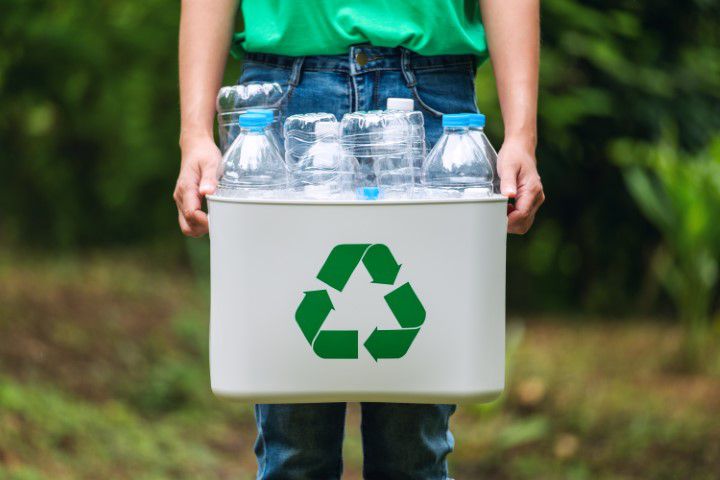
3. Rehabilitation Projects: Once a section of the landfill reaches capacity, it doesn’t just sit there as a festering heap of garbage. Instead, the site undergoes rehabilitation, where layers of soil are added, and the land is replanted with vegetation. The goal is to eventually turn these areas into green spaces that can be used by the community.
The Future of Waste Management in Australia
Eastern Creek may be Australia’s largest landfill, but it’s also a symbol of the country’s struggle with waste management. With Australia’s population continuing to grow and consumption patterns showing no signs of slowing down, the pressure on landfills like Eastern Creek will only increase.
But there’s hope. Innovations in waste management, like those implemented at Eastern Creek, are paving the way for a more sustainable future. The move towards a circular economy, where products are designed to be reused and recycled, could significantly reduce the amount of waste sent to landfills.
What Can You Do?
So, what can the average Aussie do to help reduce the burden on landfills like Eastern Creek? Here are a few tips:
- Reduce: Be mindful of what you buy and try to reduce your waste. Avoid single-use plastics and opt for products with minimal packaging.
- Reuse: Before throwing something away, ask yourself if it can be reused. Items like jars, containers, and even old clothes can have a second life with a bit of creativity.
- Recycle: Make sure you’re recycling correctly. Check local guidelines to ensure that you’re not contaminating the recycling stream with non-recyclable items.
Eastern Creek may be Australia’s largest landfill, but it doesn’t have to grow any bigger. By making small changes in our daily lives, we can all contribute to a cleaner, greener future. So, the next time you’re about to toss something in the bin, think twice—because the mountain of trash at Eastern Creek doesn’t need to get any higher.

Matt Flare was born and raised in the Northern Sydney beachside suburbs and is fascinated by how our society handle the millions upon millions of tonnes of waste we produce every day.
How to Reduce Your Household Waste: Tips Before You Head to the Tip
Picture this: it’s the year 2050, and Australia has officially…
The Future of Waste Management in Australia: Are We Ready for Zero Waste?
Picture this: it’s the year 2050, and Australia has officially…
Australia’s Most Innovative Landfill Projects
When you think of a rubbish tip, what comes to…
Illegal Dumping: How It’s Affecting Our Aussie Communities
Imagine you’re out for a morning jog, enjoying the fresh…
How Some Aussie Landfills Are Being Transformed Into Community Parks
Landfills aren’t exactly known for their beauty. They’re where we…
$100 Million Worth Of Art Dumped At A Tip
Imagine this: a hidden fortune worth $100 million, buried beneath…
